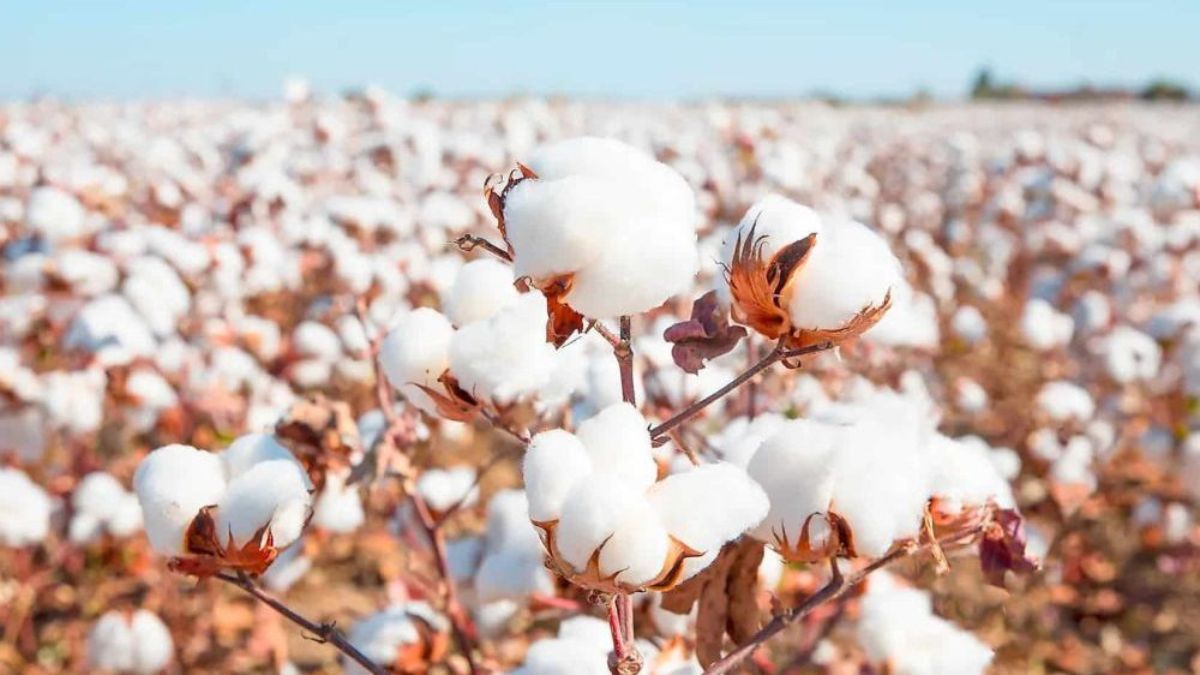The Cotton Association of Pakistan (CAP) serves as a vital institution representing the cotton industry’s interests in Pakistan. From setting quality benchmarks to lobbying for favorable policies, CAP is central to supporting farmers, ginners, exporters, and textile manufacturers across the country.
Introduction to CAP
The Cotton Association of Pakistan (CAP) is a registered trade body that connects stakeholders across the cotton value chain. It plays a key role in market monitoring, policy advocacy, data dissemination, and upholding standards that affect both domestic and international cotton trade.
Read More: CCP Approves Asset Acquisition of Crescent Cotton Mills by Sultan Spinning Industries
Key Roles and Functions of CAP
- Policy Advocacy: CAP works with government departments to improve cotton sector regulations, tax structures, and pricing policies.
- Market Transparency: It issues regular reports on cotton prices, arrivals, and spot rates.
- Quality Standards: CAP promotes consistent grading, better seed adoption, and traceability.
- Industry Coordination: The association links growers, ginners, traders, and exporters.
- Capacity Building: CAP provides industry training, conference support, and promotes technological advancement in ginning.
2024–25 Cotton Market Overview
Domestic Production & Arrivals
Pakistan’s cotton sector experienced a steep decline in domestic arrivals in 2024–25 due to several challenges including climate impacts, pest infestations, and seed quality issues.
| Metric | 2023–24 Season | 2024–25 Season | Change |
|---|---|---|---|
| Total Cotton Arrivals | 8.4 million bales | 5.5 million bales | ↓ 33% |
| Punjab Arrivals | 4.3 million bales | 2.7 million bales | ↓ 37% |
| Sindh Arrivals | 4.1 million bales | 2.8 million bales | ↓ 32% |
| Spot Rate (Karachi) | Rs. 17,800/maund | Rs. 16,900/maund | ↓ 5% approx. |
| Phutti Rate (40 kg) | Rs. 9,000–9,300 | Rs. 8,300–8,500 | ↓ 10% approx. |
Major Challenges Facing the Cotton Sector
- Import Pressure: Over 1.5 million bales of imported cotton undermined domestic growers due to zero-rated tax policies.
- GST Disparity: Local cotton faces 18% GST, while imported cotton enjoys tax exemptions under Export Facilitation Scheme.
- Climate Volatility: Droughts, unseasonal rains, and extreme heat continued to reduce yield.
- Low Seed Quality: Lack of biotech adoption and hybrid seed availability reduced productivity.
- Inefficient Irrigation: Outdated irrigation methods increased water wastage and lowered output.
Government Response in 2025
- Year of Cotton Revival: The government declared 2025 the year for cotton revival with targeted subsidies and reforms.
- Policy Committee Formed: A 15-member task force was established to propose reforms for seed technology, taxation, and input cost reduction.
- Cotton Revival Conference: Held in Multan, this national forum brought together stakeholders to discuss solutions including GM seed approvals, irrigation reform, and R&D investment.
Read More: Chinese Intercropping Solutions Offer Relief to Pakistan Cotton Sector
Opportunities Ahead
- Biotech Approvals: Triple-trait GM seed varieties have been approved for 2025–26 sowing.
- Subsidy Allocations: The government has introduced cotton subsidies (~$45 per hectare) to support farmers.
- Potential Recovery: USDA forecasts a 6% increase in cotton production for 2025–26 due to expanded sowing area and early-season support.
Future Outlook (2025–26)
| Factor | Outlook |
|---|---|
| Production Forecast | ~5.5 million bales (↑ 6%) |
| Area Expansion | Targeted increase in Punjab and Sindh |
| Pricing Trend | Expected stabilization with new seed uptake |
| Risk Factors | Water shortage, import policy bias, pests |
| Export Potential | Conditional on quality, traceability, R&D |
Conclusion
The Cotton Association of Pakistan continues to play a crucial role in stabilizing and guiding the cotton sector through a challenging period. With government support, policy reform, biotech seed approval, and CAP’s strong advocacy, the cotton industry in Pakistan shows signs of gradual recovery. However, resolving tax disparities and improving climate resilience remain essential for long-term sustainability.Stay updated with: Bloom Pakistan
Read More: Experts Highlight Advanced Cotton Production Technology as Key to Higher Profits









